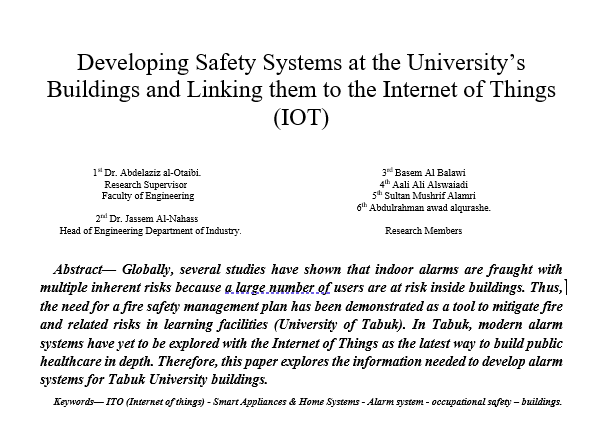
تصميم بروتوكول red مطور باستخدام التوجيه متعدد المسيرات pdf
ملخص الدراسة:
Our proposed Enhanced Random Early Detection (ERED) gateways for congestion avoidance in packet switched networks. The gateway detects incipient congestion by computing the average queue size after converting to secondary parallel queue. The gateway could notify connections of congestion either by dropping packets arriving at the gateway or selecting alternative path routing. When the average queue size exceeds a preset threshold, the gateway drops or marks each arriving packet with a certain probability, this in secondary parallel queue, where the exact probability is a function of the average queue size. ERED gateways keep the average queue size low while allowing occasional bursts of packets in the queue. During congestion, the probability that the gateway notifies a particular connection to reduce its window is roughly proportional to that connection’s share of the bandwidth through the gateway. ERED gateways are designed to accompany a transport layer congestion control protocol such as TCP. The ERED gateway has no bias against bursty traffic and avoids the global synchronization of many connections decreasing their window at the same time. By comparison with RED protocol we realize some advantages: 1) Achieve high throughput and low average delay. 2) Achieve less drop packets. 3) Achieve congestion avoidance property. We believe that ERED is sufficiently robust for deployment in routers. Simulator omnett++ 4.2.2 are used to illustrate the performance of ERED gateways.
توثيق المرجعي (APA)
خصائص الدراسة
-
المؤلف
Al Abrag, Farid K. O.
-
سنة النشر
2015
-
الناشر:
الجامعة الإسلامية - غزة
-
المصدر:
المستودع الرقمي للجامعة الإسلامية بغزة
-
نوع المحتوى:
رسالة ماجستير
-
اللغة:
English
-
محكمة:
نعم
-
الدولة:
فلسطين
-
النص:
دراسة كاملة
-
نوع الملف:
pdf



